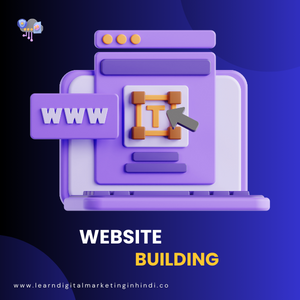Website Development

Website development involves the process of creating and maintaining websites, encompassing various aspects like web design, content creation, client-side/server-side scripting, and network security configuration. It begins with planning and gathering requirements to define the site’s purpose, target audience, and key features. The next step is designing the website’s layout, user interface, and user experience, ensuring that the site is visually appealing and easy to navigate.
Once the design is finalized, developers move on to coding the website using programming languages such as HTML, CSS, and JavaScript for front-end development, while back-end development might involve languages like PHP, Python, or Ruby to manage the site’s functionality and databases. Integration of content management systems (CMS) like WordPress or custom-built solutions allows for easier content updates and management.
Testing and debugging are critical to ensure the website functions smoothly across different browsers and devices. This stage involves checking for broken links, ensuring responsiveness, optimizing performance, and securing the site against vulnerabilities.
Finally, the website is deployed to a web server, making it accessible to users. Ongoing maintenance is essential to update content, fix bugs, and adapt to evolving technologies and user needs. Website development is a collaborative effort, often requiring input from designers, developers, content creators, and digital marketers to create a site that meets business goals and provides a positive user experience.